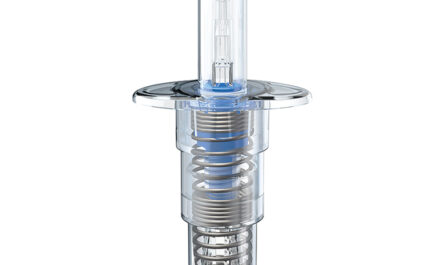
The amniotic membrane is the innermost layer of the placenta consisting of an epithelial layer, a thick basement membrane, and an avascular stroma. It is rich in growth factors and proteins that aid in cell growth and differentiation. The amniotic membrane finds wide application in ophthalmology for ocular surface reconstruction and treatment of corneal ulcers, wounds, and burns. Growing demand for substitutes in ocular surface reconstruction is augmenting the market growth. Amniotic membrane transplantation has proven effective in promoting epithelialization of defective corneal surfaces and reducing stromal inflammation and neovascularization.
The global amniotic membrane market is estimated to be valued at US$ 3.62 Bn in 2023 and is expected to exhibit a CAGR of 13% over the forecast period 2023 to 2030, as highlighted in a new report published by Coherent Market Insights.
Market Dynamics:
The rising demand for tissue engineering applications is expected to drive the amniotic membrane market during the forecast period. Amniotic membrane provides an ideal substrate for tissue engineering due to various beneficial properties such as anti-inflammatory, anti-microbial, anti-fibrotic, and ability to promote healing in chronic non-healing wounds. It serves as a natural biomatrix for regeneration of skin and other tissues. Effective management of chronic wounds using amniotic membrane-derived products avoids amputations and reduces healthcare costs associated with chronic wounds. Furthermore, increasing research into developing therapies based on amniotic membrane-derived stem cells and growth factors is also fueling the market growth. The rise in skin allograft procedures in burn treatment is creating considerable demand for both fresh and dehydrated amniotic membranes. Increasing incidence of burns worldwide has a direct bearing on the demand for amniotic membrane grafts. All these factors cumulatively are expected to propel the global amniotic membrane market during the forecast period.
Segment Analysis
The global amniotic membrane market can be segmented based on type, application, end-user, and region. Based on type, the market is segmented into lyophilized amniotic membrane and cryopreservation amniotic membrane. The cryopreservation amniotic membrane segment dominated the market in 2022 owing to its longer shelf life and retention of viable cells and growth factors.
PEST Analysis
Political: The governments in various countries support investments in advanced wound care and tissue engineering research which is driving the adoption of amniotic membranes.
Economic: Rising healthcare expenditures and increasing awareness regarding advantages of amniotic membranes are fueling the market growth.
Social: Growing geriatric population prone to chronic wounds and ophthalmic disorders is increasing the demand for amniotic membranes.
Technological: Advancements in micro-thickness technology for tissues and development of bioactive wound dressings containing amniotic membranes are fueling the market growth.
Key Takeaways
The global amniotic membrane market is expected to witness high growth in the coming years. The global amniotic membrane market is estimated to be valued at US$ 3.62 Bn in 2023 and is expected to exhibit a CAGR of 13% over the forecast period 2023 to 2030.
North America dominated the market in 2022 due to rapid adoption of advanced wound care therapies and well-established healthcare infrastructure in the region. The Asia Pacific region is expected to grow at the fastest rate during the forecast period owing to rising medical tourism, increasing healthcare spending, and growing awareness.
Key players operating in the amniotic membrane market are Smith & Nephew, Integra LifeSciences Corporation, Organogenesis Inc., Surgenex, MiMedx, Stryker Corporation, Skye Biologics, Amnio Technology, and Applied Biologics.
*Note:
1. Source: Coherent Market Insights, Public sources, Desk research
2. We have leveraged AI tools to mine information and compile it



